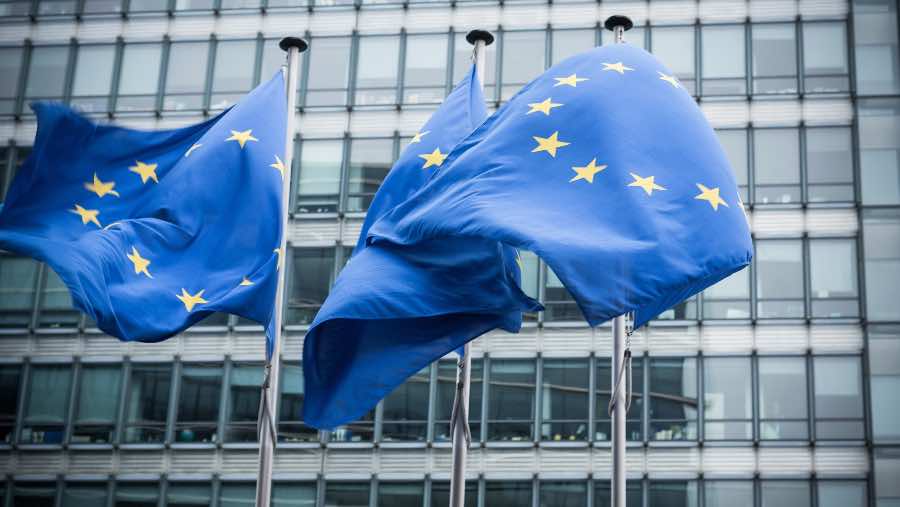
EENA emphasised the need for the upcoming EU Stockpiling Strategy to address vulnerabilities in electronic communications networks that support emergency communications in its response to the Commission consultation on 30 April 2025.
To achieve this, EENA recommended that the European Commission take an expansive approach to stockpiling, which not only addresses stockpiles of physical equipment, but also consider less tangible stockpiles. For example, the strategy should create obligations for “stockpiles” of energy storage capacity in batteries on cell towers to ensure they can remain functional following a loss of power, and incorporate additional capacity in any Direct to Device Satellite networks which may provide complementary access to 112 in the future. In addition, the strategy should take a smart approach to the positioning of physical stockpiles to ensure they can be used quickly during a crisis.
If you are interested in responding to this consultation, you can provide a response here until 8 May 2025. EENA’s response is outlined below.
Emergency communications networks are a critical first line of defence for communities following a natural or manmade disaster. They not only provide individual citizens with the means to seek help following a disaster, but also provide public authorities with a reliable means of crowd-sourced information for emergency management, ensuring that first responders can be sent to the areas which need them most.
However, access to emergency communications is only as reliable as the electronic communications networks which are used to access it, and on the power networks which allow these networks to function. Both of these networks are vulnerable to disruption during storms or a force majeure. Recent examples of events which interrupted power or electronic communications networks include Storm Éoywn in Ireland in January 2025, and the Spanish and Portuguese power failure in April 2025. Both events resulted in loss of access to 112.
How the EU Stockpiling Strategy can mitigate the impact of disasters on access to emergency communications:
As Europe faces increasing climate and geopolitical threats, it is critical that the EU take an expansive approach to stockpiling which includes non-tangible resources, such as power and redundant capacity.
For example, the capacity of batteries in cell towers to “stockpile” additional energy so that they can ensure continued connectivity for longer following a power failure may be more important than stockpiling physical stockpiles of generators and other independent power sources which can be linked with an individual cell tower following a network failure.
In addition, stockpiling additional redundant capacity on Direct to Device Satellite networks, which will likely see increased use following terrestrial network failures, could ensure continued access to 112 following a power failure.
The placement of stockpiles may also be equally important to the quantity of equipment stockpiled. The Strategy should ensure that stockpiles are stored close to where they are expected to be used, wherever possible.
As a result, it is critical that the EU stockpiling strategy includes:
Increased battery storage capacity on existing cell towers: Cell towers across Europe are equipped with batteries which allow them to function for a limited period of time following a power outage. The duration of this time varies from 15 minutes to several days, depending on the Member State and region. This duration should be at least long enough to provide uninterrupted coverage until services are reasonable expected to be able to restore network power, or supplement the battery in each cell tower with an alternative source of power generation.
Portable independent sources of power generation: These independent power sources, such as generators or batteries can be used to power cell towers for the duration of a power outage, to ensure continued access to 112. In the event of an extended loss of power, charging points should be provided to local communities to charge their devices, to ensure that they can remain connected to their local networks, and can therefore contact 112 in an emergency. PSAPs should also continue to have sufficient sources of independent power generation to ensure continued service during power outages.
Greater stockpiles of telecommunications equipment: This should be available in sufficient numbers to carry out rapid repairs in the event of significant damage to communications networks, such as following a storm.
Redundant bandwidth in Satellite Communications Networks: The EU should ensure that new Direct to Device Satellite networks include sufficient additional bandwidth to deal with the expected increase in demand for emergency services which it may face during power outages.
